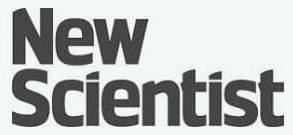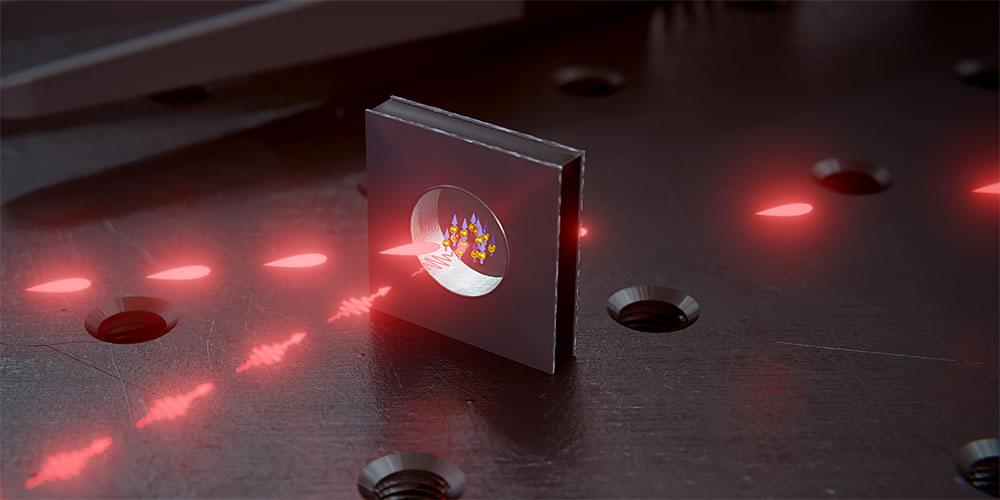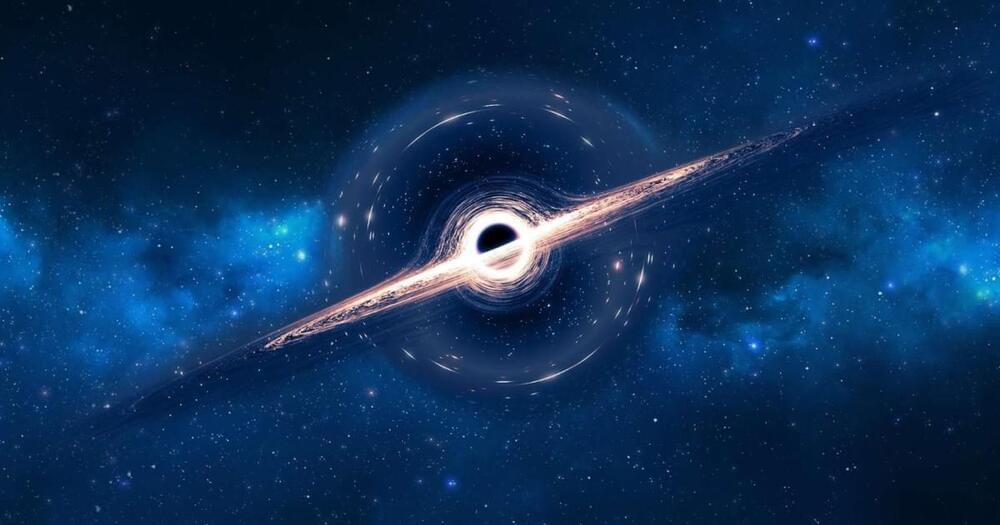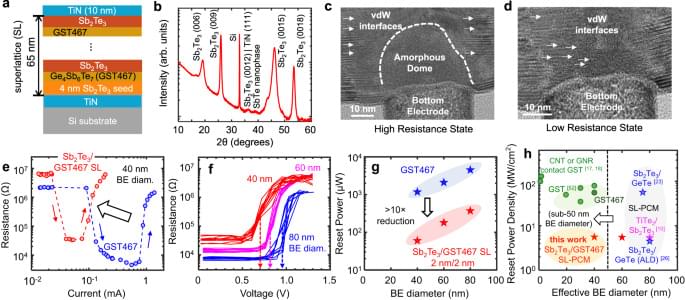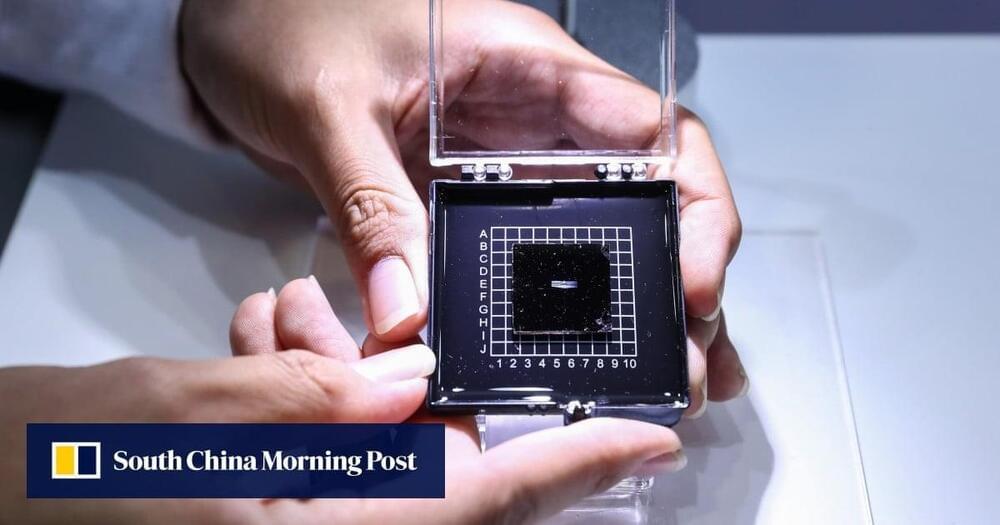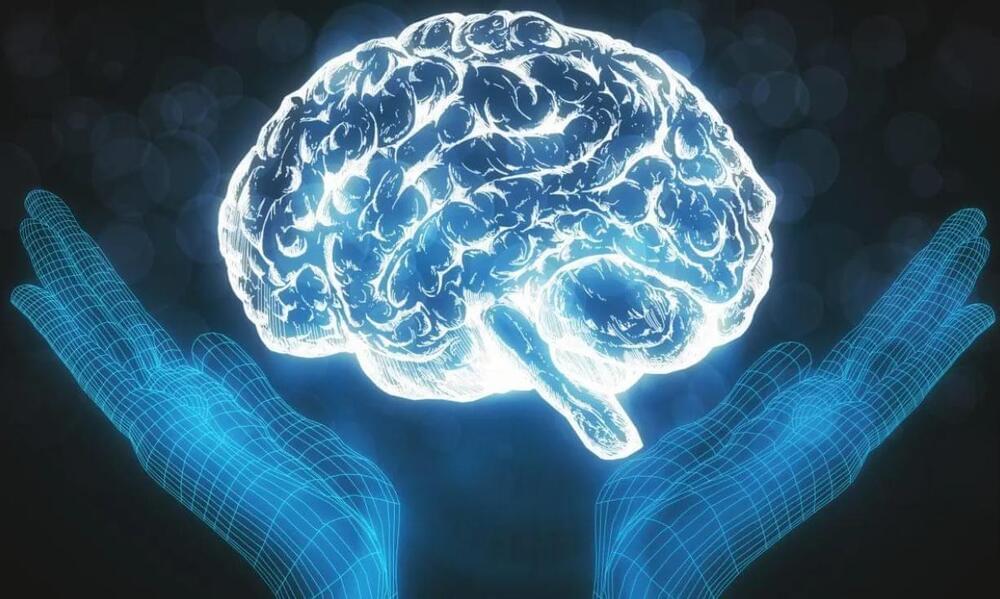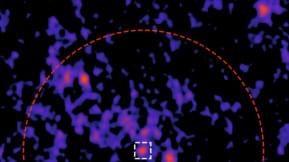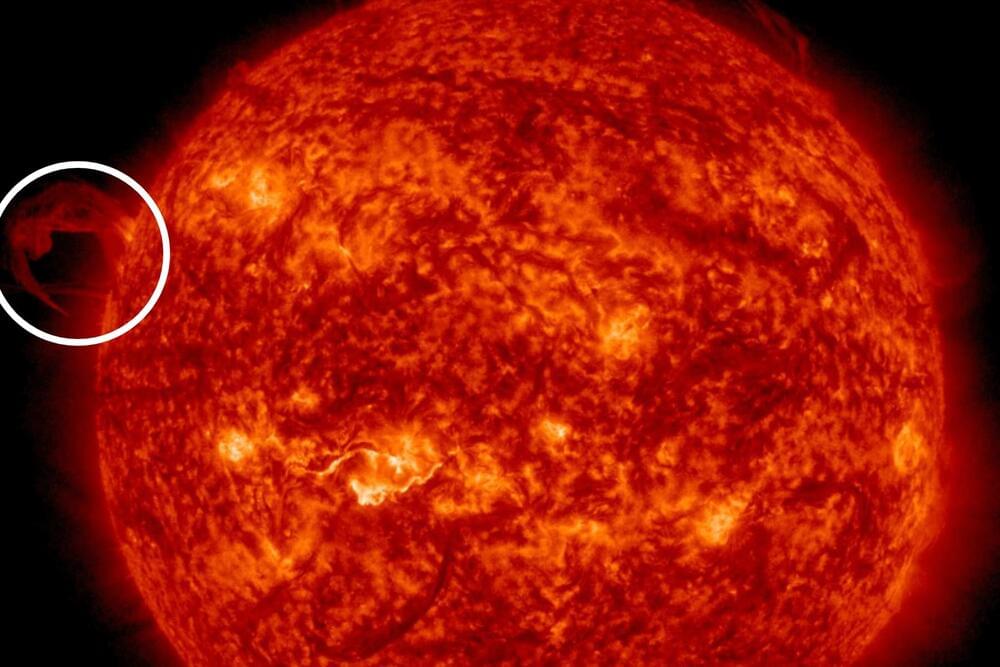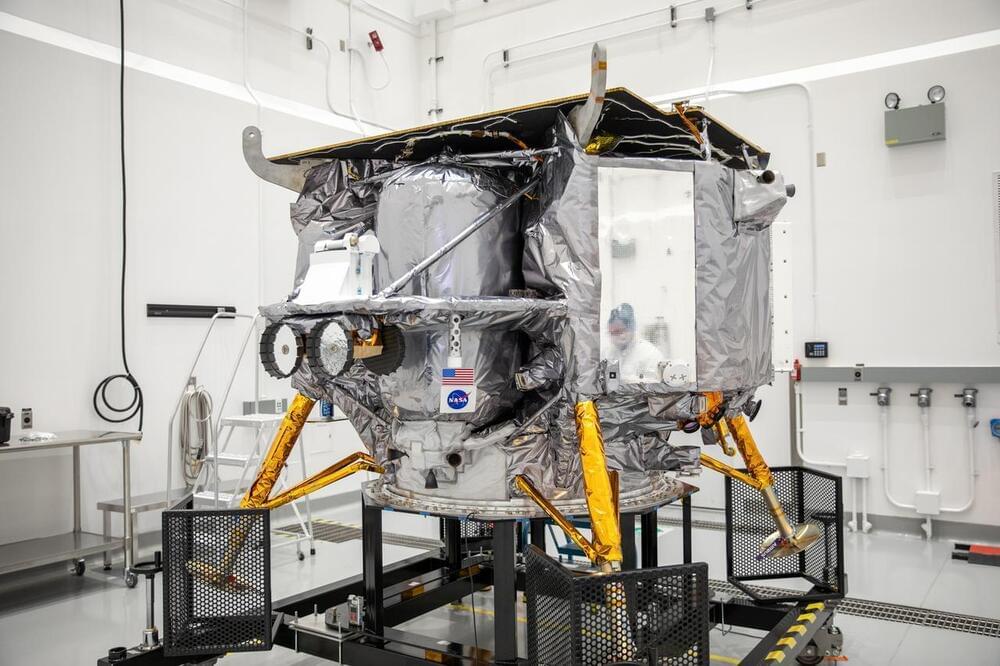
After just over 10 and a half days in space, Peregrine Mission One, which was hosted by the private space company, Astrobotic Technology, burned up in the Earth’s atmosphere over the South Pacific Ocean on January 18, 2024, at approximately 4:04 pm EST (1:04 pm EST). This concluded what is being deemed as a mostly successful mission for the first commercial mission for NASA’s Commercial Lunar Payload Services (CLPS) program, although the spacecraft was unable to land on the lunar surface due to a fuel leak that occurred about seven hours after launch on January 8, 2024. Despite this, Peregrine was able to test several of its onboard instruments during the short mission, which will provide valuable data for future missions to the Moon, specifically for NASA’s Artemis program.
Had Peregrine landed on the Moon, it would have marked the first time a US-built spacecraft would have landed on the lunar surface since NASA’s Apollo 17 in 1972. Despite this, four of the five instruments on Peregrine successfully collected data during the 10-day mission: Linear Energy Transfer Spectrometer (LETS), Near-Infrared Volatile Spectrometer System (NIRVSS), Neutron Spectrometer System (NSS), Peregrine Ion-Trap Mass Spectrometer (PITMS), with the fifth instrument, NASA’s Laser Retroreflector Array (LRA), designed to only be used on the lunar surface.
“Astrobotic’s Peregrine mission provided an invaluable opportunity to test our science and instruments in space, optimizing our process for collecting data and providing a benchmark for future missions,” said Dr. Nicola Fox, who is the associate administrator for NASA’s Science Mission Directorate at NASA Headquarters. “The data collected in flight sets the stage for understanding how some of our instruments may behave in the harsh environment of space when some of the duplicates fly on future CLPS flights.”
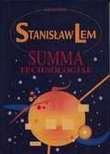 „Summa Technologie is a „mother-essay from which most of Lem’s later essayistic books stem. It was written in times when most of the discussed issues – today sometimes quite obvious ones – belonged to the world of fantasy. The ambition behind this project still amazes, especially if we take into consideration that Lem tried to set up a secular edifice of knowledge, competing in its universalism with Saint Thomas Aquinas and his Summa Theologica.
„Summa Technologie is a „mother-essay from which most of Lem’s later essayistic books stem. It was written in times when most of the discussed issues – today sometimes quite obvious ones – belonged to the world of fantasy. The ambition behind this project still amazes, especially if we take into consideration that Lem tried to set up a secular edifice of knowledge, competing in its universalism with Saint Thomas Aquinas and his Summa Theologica.